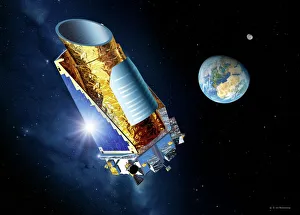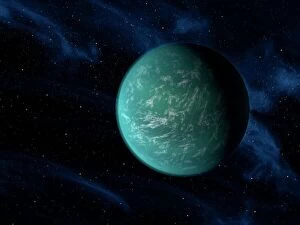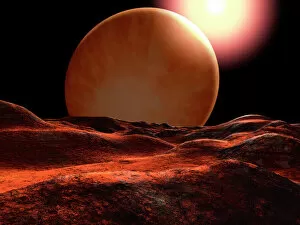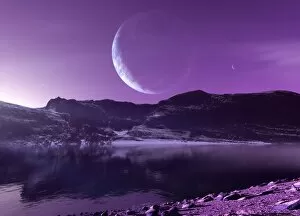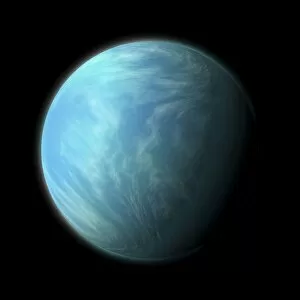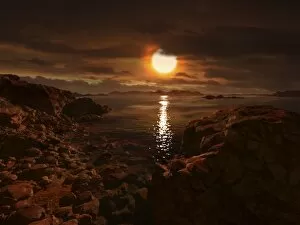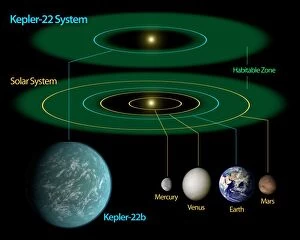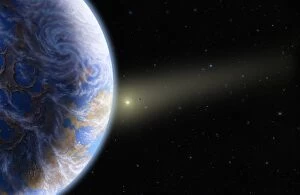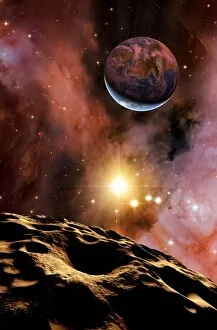Habitable Zone Collection
The Habitable Zone: Exploring the Possibilities In the vast expanse of space, the Kepler Mission space telescope has been our guiding light
All Professionally Made to Order for Quick Shipping
The Habitable Zone: Exploring the Possibilities In the vast expanse of space, the Kepler Mission space telescope has been our guiding light, unveiling breathtaking wonders that ignite our imagination. Through stunning artwork like Kepler-22b (C013 / 9945) and its Earth-like beauty, we catch a glimpse of what lies beyond our reach. But it doesn't stop there - one of the planets orbiting 70 Virginis surprises us with its super-Jupiter status, reminding us that diversity thrives in the cosmos. And as we delve deeper into this celestial tapestry, a Super-Earth extrasolar planet (artwork C015 / 0800) beckons us to ponder life's possibilities on distant shores. Witnessing the launch of the Kepler Mission rocket fills us with anticipation for what lies ahead. With each new discovery, hope grows stronger that an Earthlike planet may exist within Orion Nebula's embrace - a beacon amidst twinkling stars. Yet not all is familiar; a ringed gas giant exoplanet adorned with moons captivates our senses and challenges preconceived notions about planetary systems. Meanwhile, flying life forms gracefully dance across crimson skies on Gliese - an earth-like extrasolar planet where nature takes flight in ways unimaginable to us. As artists depict size differences between Earth and Kepler-22b, we are reminded of both our insignificance and boundless potential within this vast universe. Exoplanet Gliese 581 d invites contemplation about otherworldly landscapes yet unexplored by human eyes. And finally, an artist's concept unveils Kepler-186f orbiting a distant star - a reminder that habitable zones extend far beyond what we can fathom. These glimpses into distant realms fuel our curiosity and inspire dreams of interstellar exploration. The habiTable zone holds secrets untold; it is where science meets artistry to create visions beyond comprehension.

